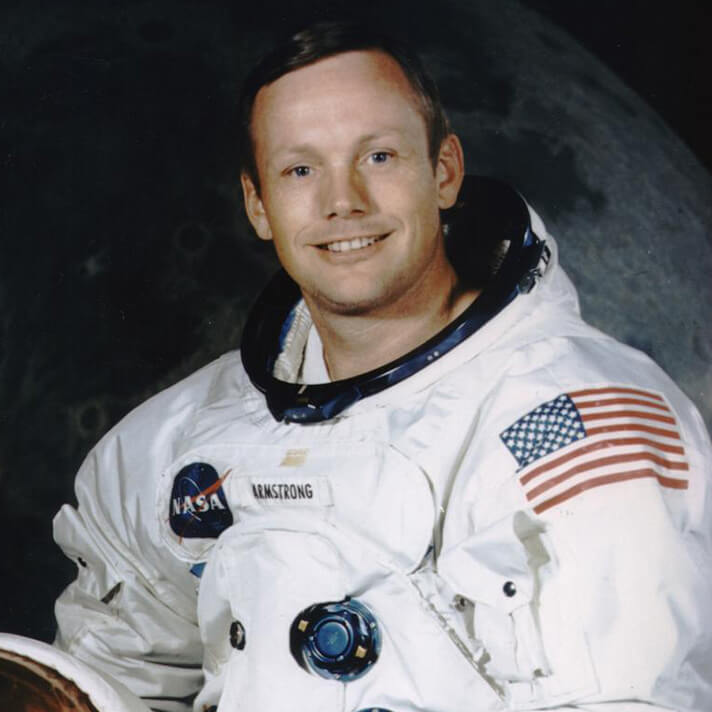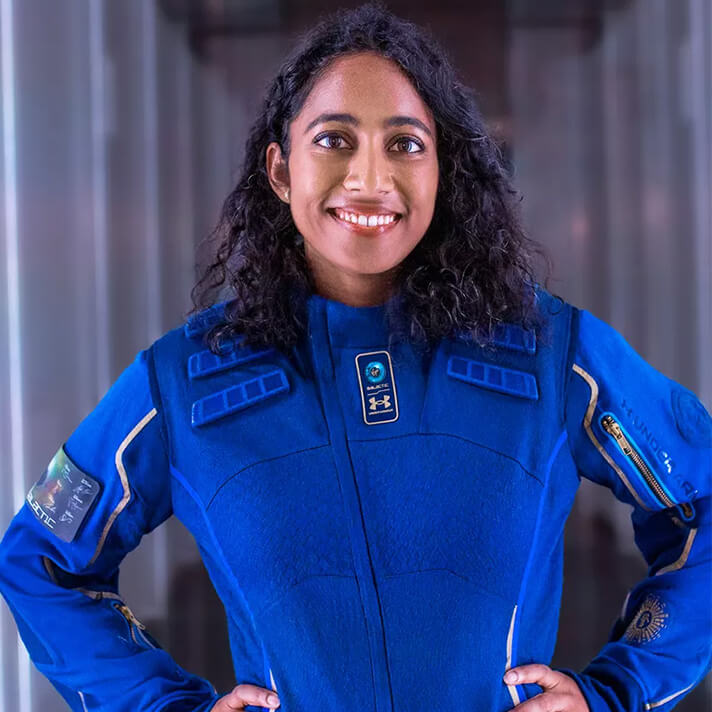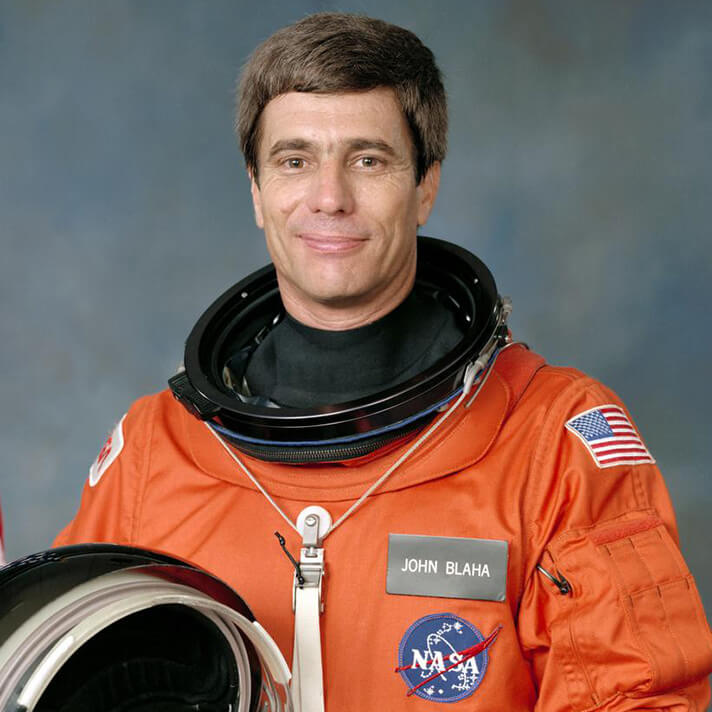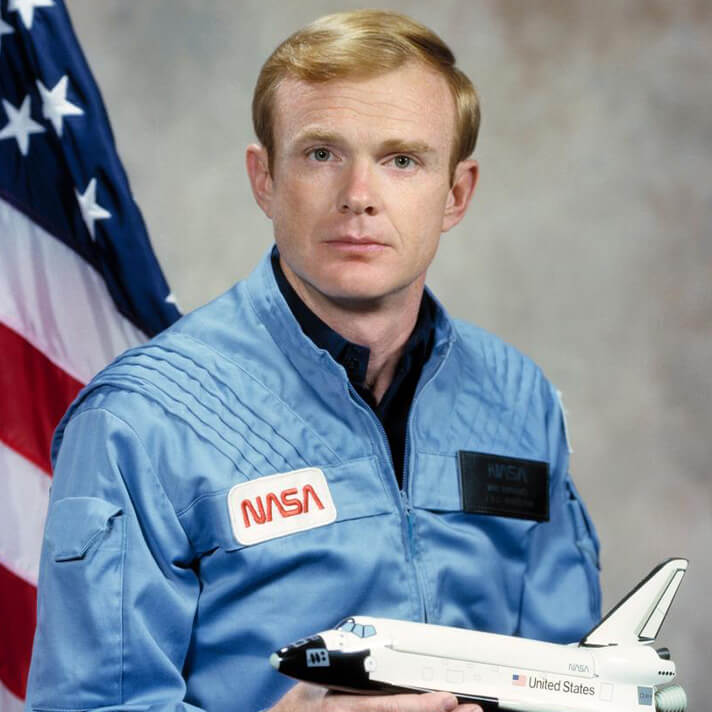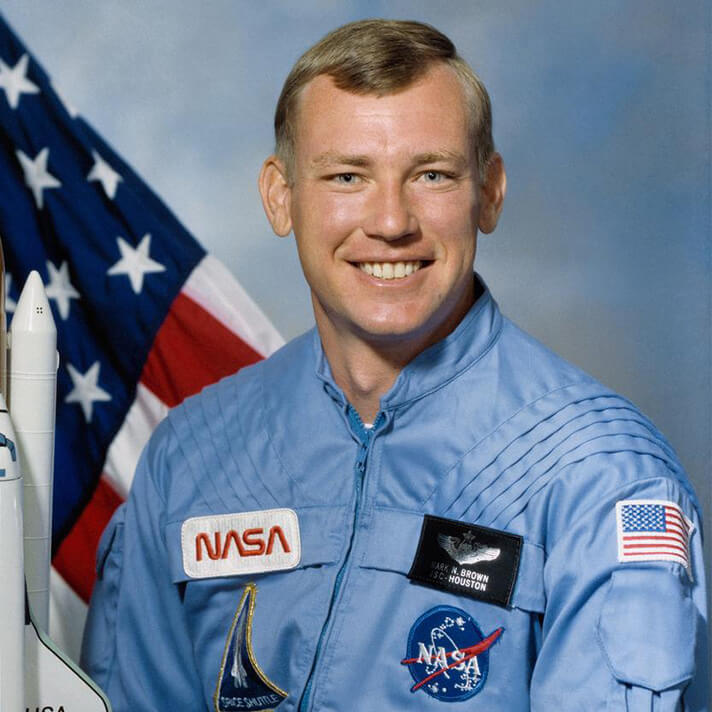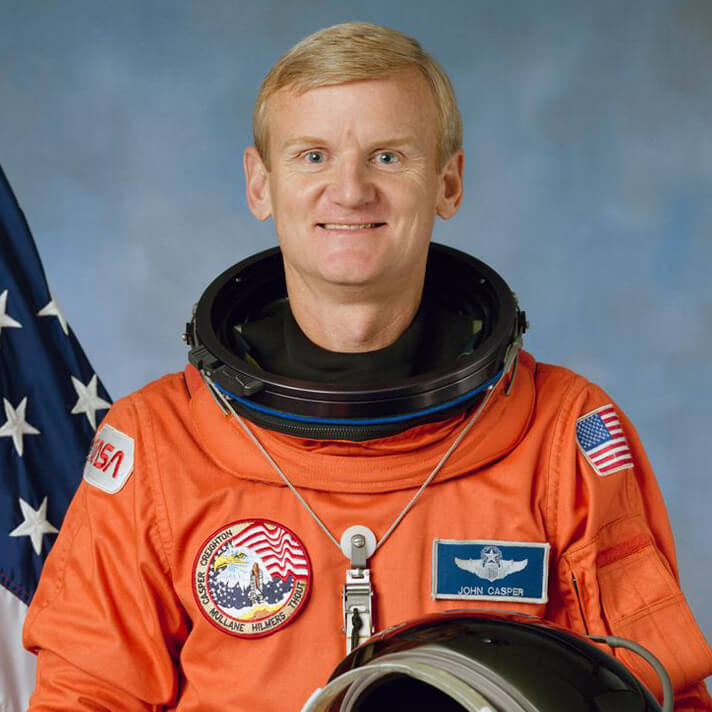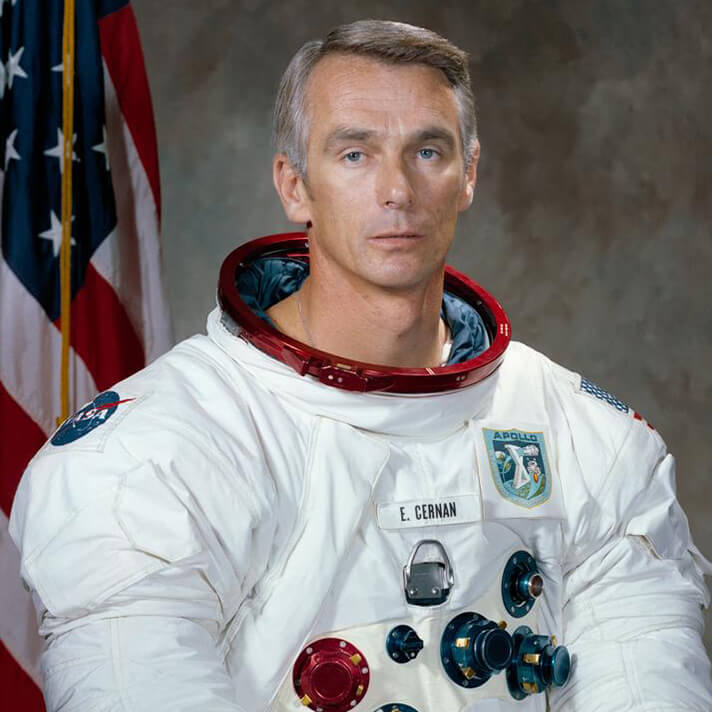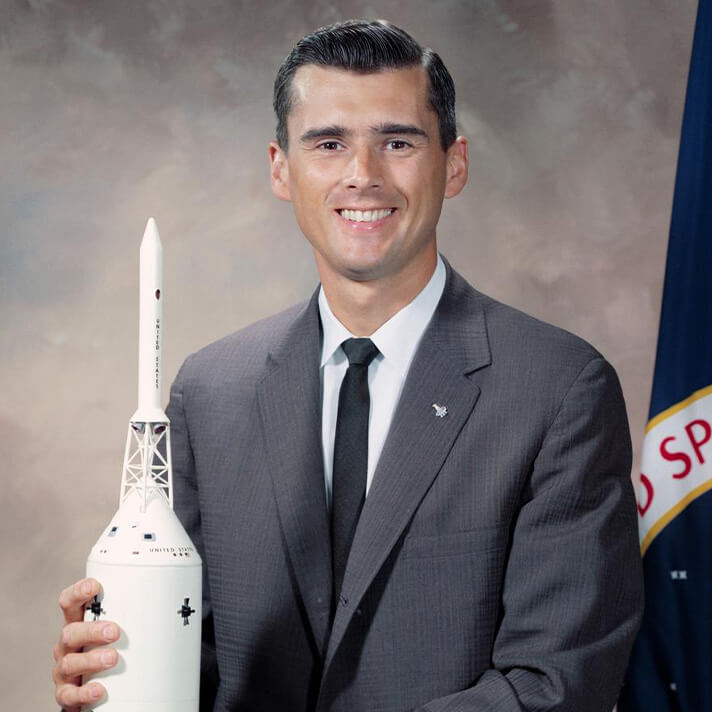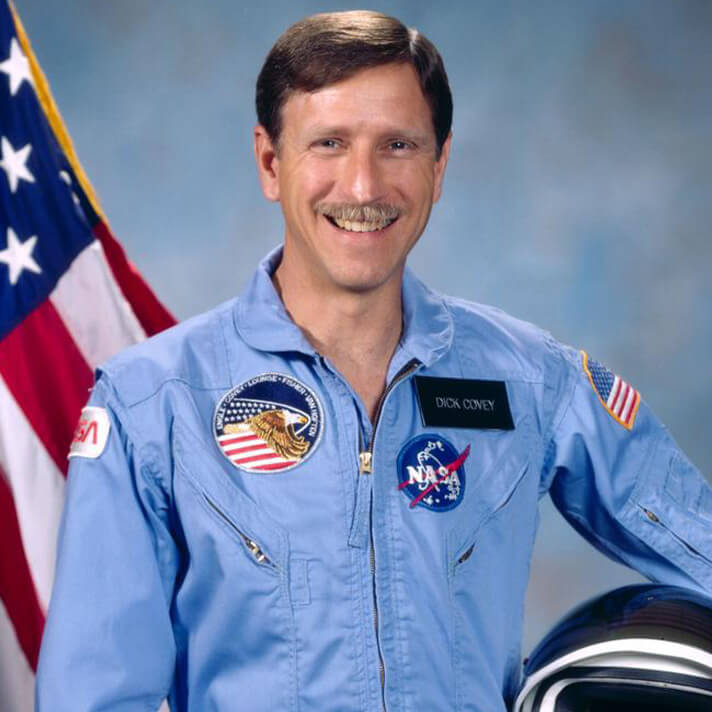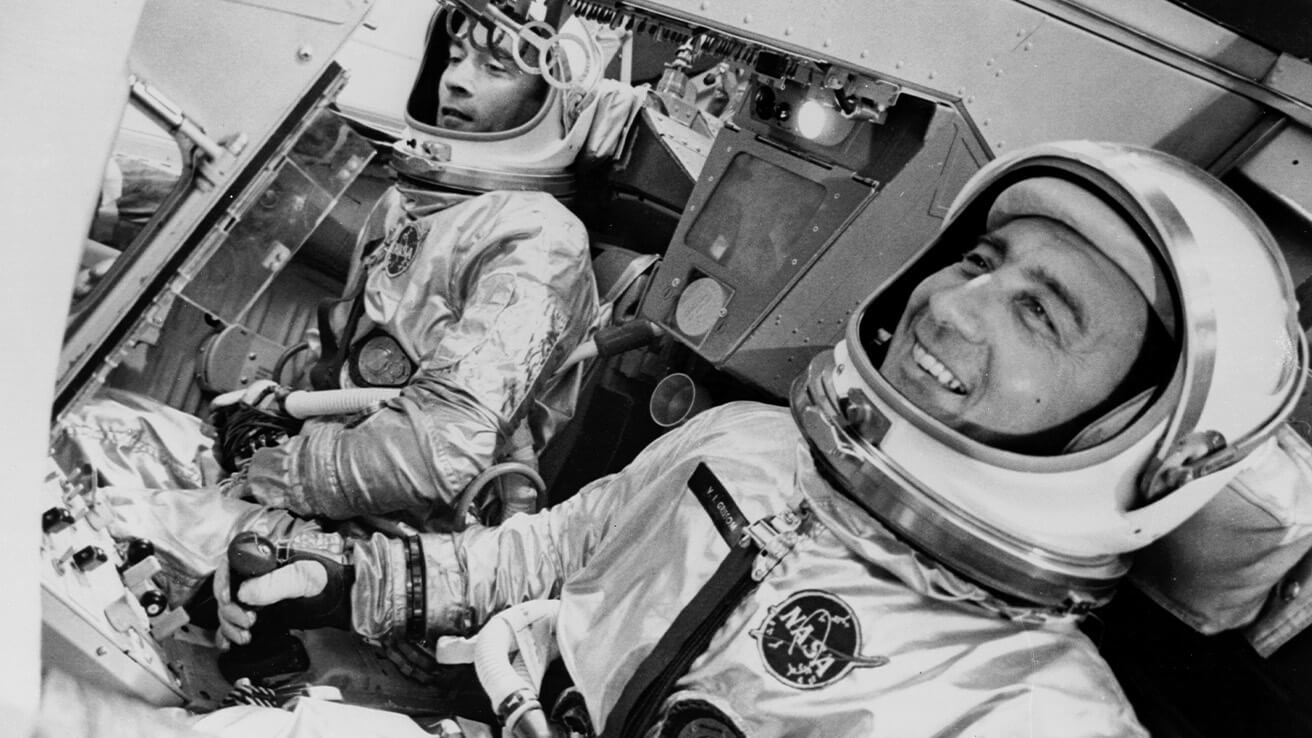
Gus Grissom
BS mechanical engineering ’50
1926-1967
Missions: Mercury 4, Gemini 3, Apollo 1
A member of the Mercury Seven – the original seven astronauts selected in 1959 by NASA for the United States’ first attempt at manned spaceflight – Virgil “Gus” Grissom was a true aerospace pioneer. He became the second American in space – and third person of any nationality, following Russian Yuri Gagarin and American Alan Shepard – by piloting the Liberty Bell 7 spacecraft on a 15-minute suborbital flight in 1961. He also became the first astronaut to fly in space twice while serving as command pilot of Gemini 3 in 1967, the United States’ first two-person spaceflight.
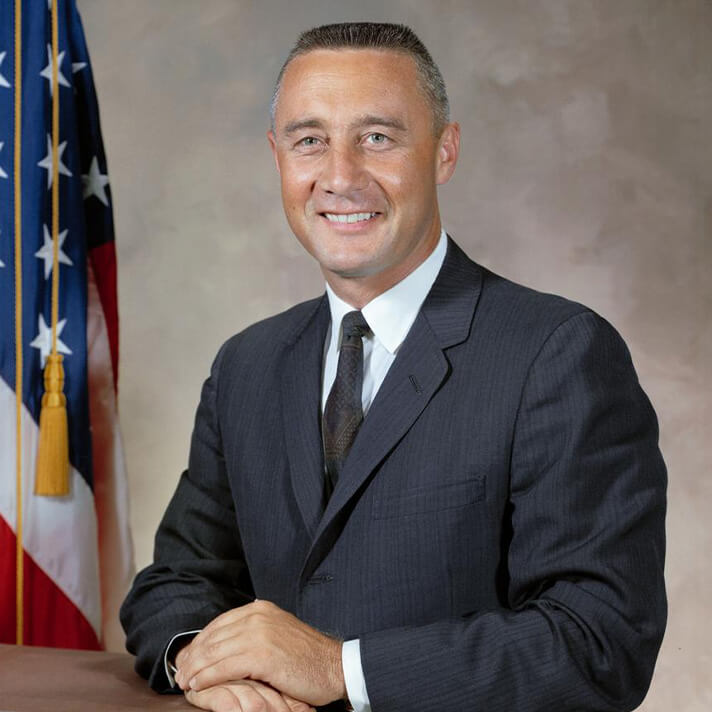
Gus Grissom NASA Bio
Learn More
Grissom was assigned to serve as commander of the AS-204 (Apollo 1) mission. However, on Jan. 27, 1967, Grissom and astronauts Roger Chaffee, a fellow Purdue alumnus, and Ed White died at Kennedy Space Center when a flash fire consumed their spacecraft during a countdown demonstration test.
Purdue responded to the tragedy by naming two engineering buildings after Grissom and Chaffee. Among those in attendance at the buildings’ 1968 dedication ceremonies were the astronauts’ widows and parents, fellow Boilermaker astronaut Neil Armstrong, and George Mueller, NASA’s associate administrator for manned space flight, another Purdue graduate. Situated along Grant Street near Purdue Memorial Union, Grissom Hall is currently home to Purdue’s School of Industrial Engineering.
Before becoming an astronaut, Grissom was a World War II and Korean War veteran. He became a fighter pilot and test pilot in the U.S. Air Force and flew 100 combat missions in Korea, earning the Distinguished Flying Cross and Air Medal with an oak leaf cluster.
